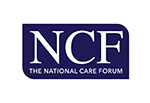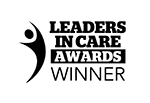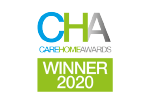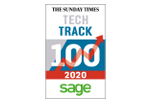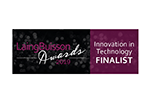
Published in Care Home Professional
Person Centred Software founder, Jonathan Papworth, says change management is key to persuading the 70% of care homes still paper-based to go digital.
There are three main obstacles that are frequently cited for staying with existing paper based care systems: cost; operational interruption; and change management.
Of these, change management is generally the toughest to overcome. The most senior people involved in frontline care are normally those that have been involved in the sector the longest.
In many cases, they were instrumental in creating the current paper based systems, and they often struggle to appreciate the obstacles these create, and yet are very keen to point out any perceived shortcomings in digital systems.
Managing this change in mind-set can be difficult, but the most successful way is to put them in touch with others in a similar position who have made the change.
One of our customers, who was one of the most determined proponents of paper systems, became a firm advocate for digital after spending time with an innovative care provider who has been using digital systems for years.
People are often reluctant to embrace change, but we live in unprecedented times, where change is increasingly necessary just to keep up with modern times, let alone move forward.
Many people cling to existing processes as a kind of security blanket, and taking that blanket away needs to be managed very carefully and considerately.
Sometimes it takes a change of personnel to remove the security blanket, but this is not a feasible way forward for the majority of care providers, so helping people understand and embrace the opportunities that digital technology provides is a necessary process.




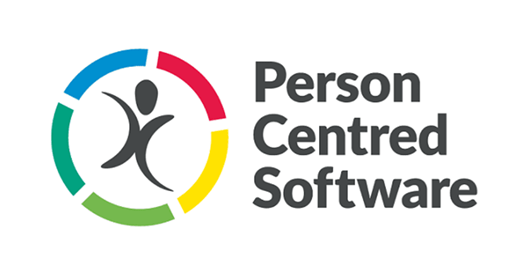


.webp?width=80&height=80&name=HTD%20Awards%202023%20Badge%20(4).webp)




